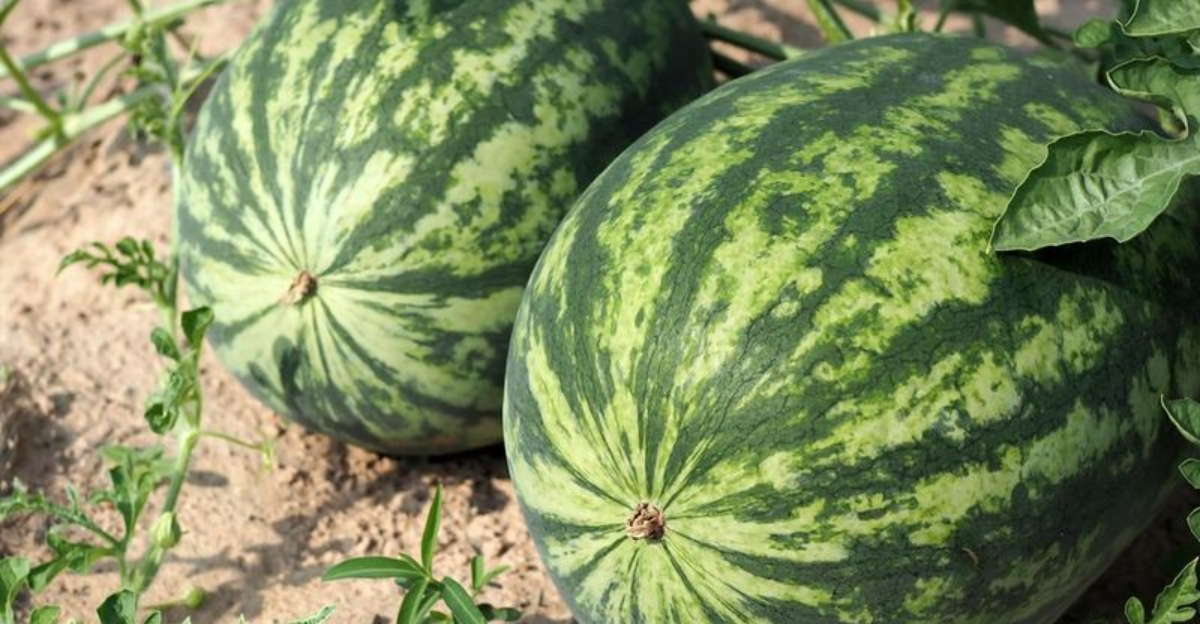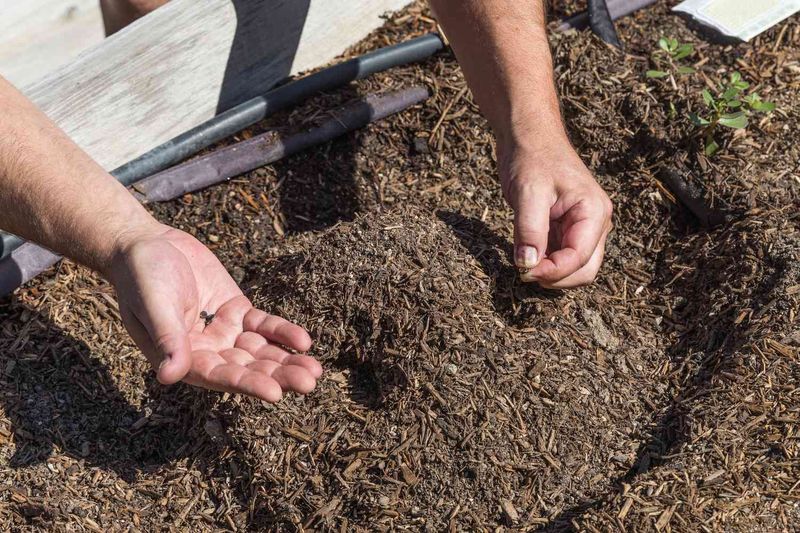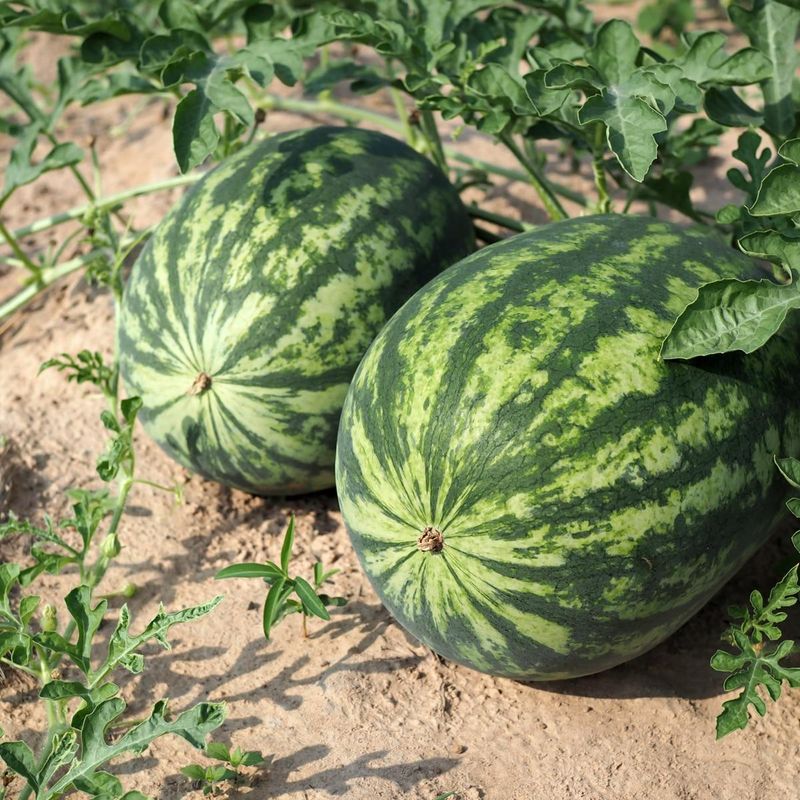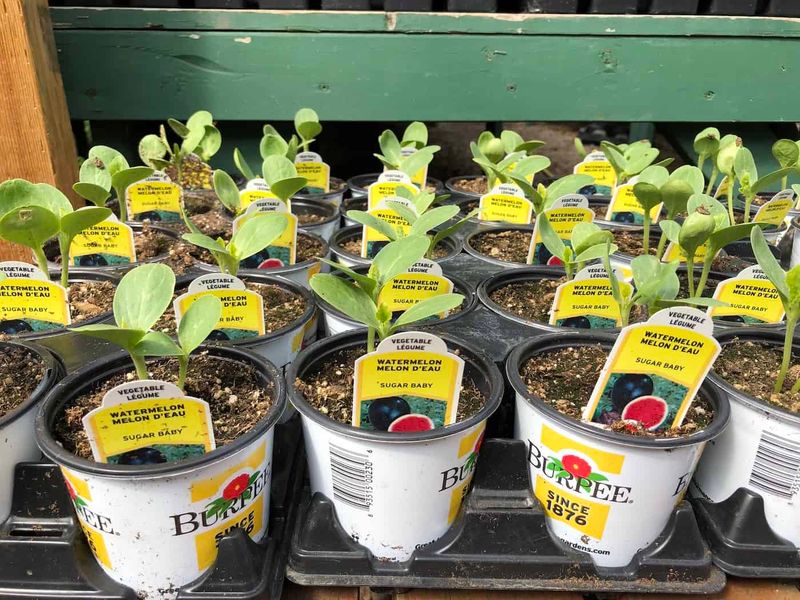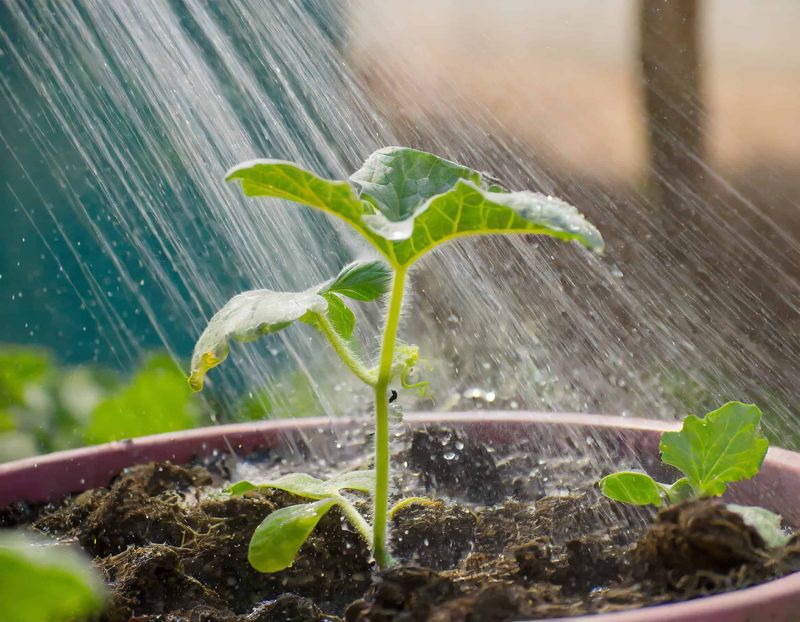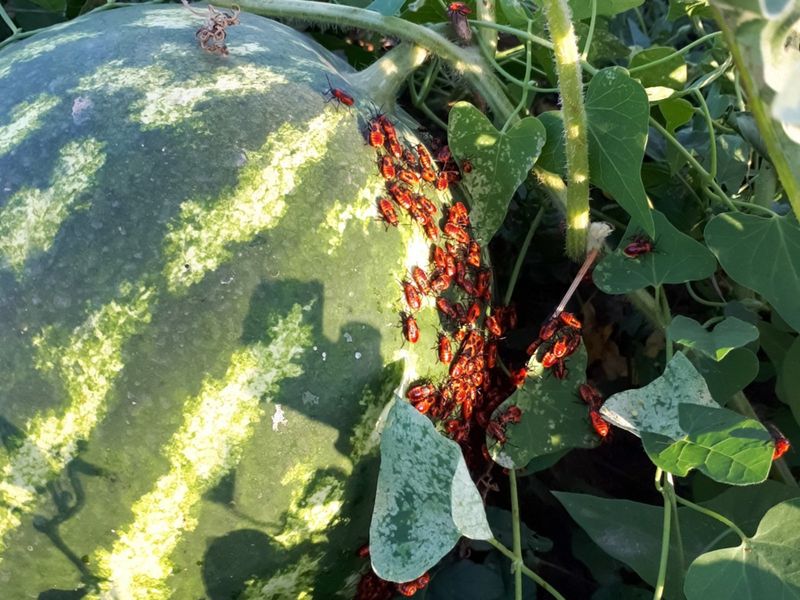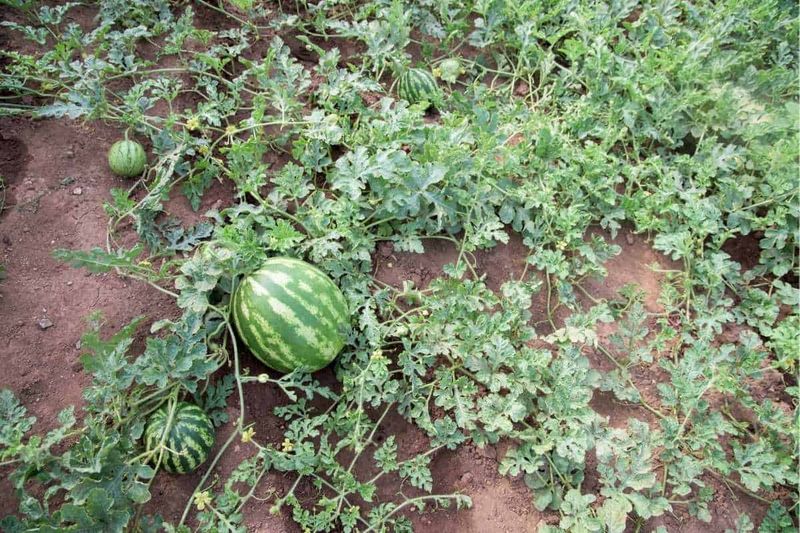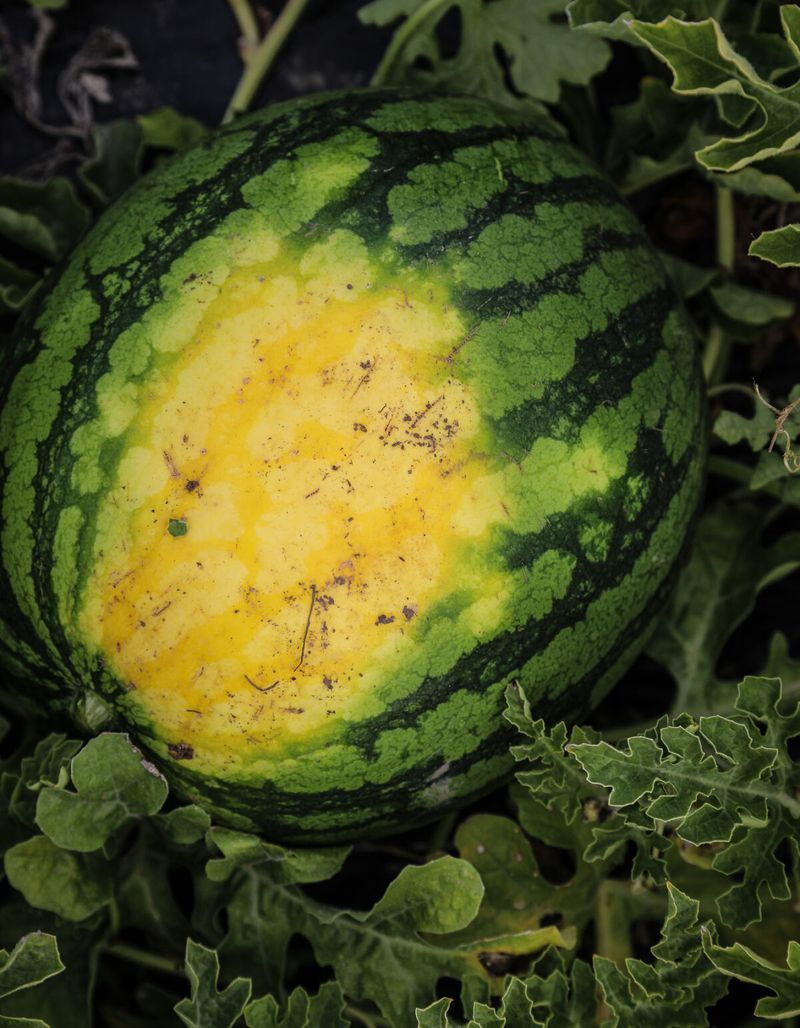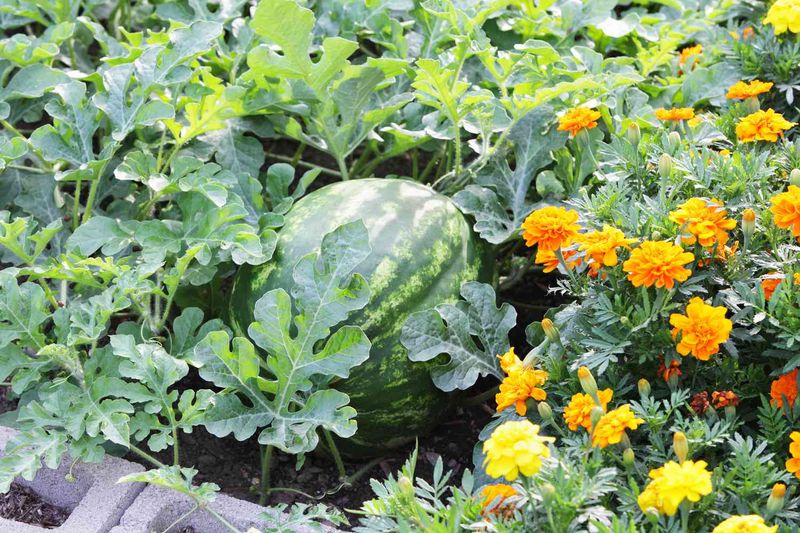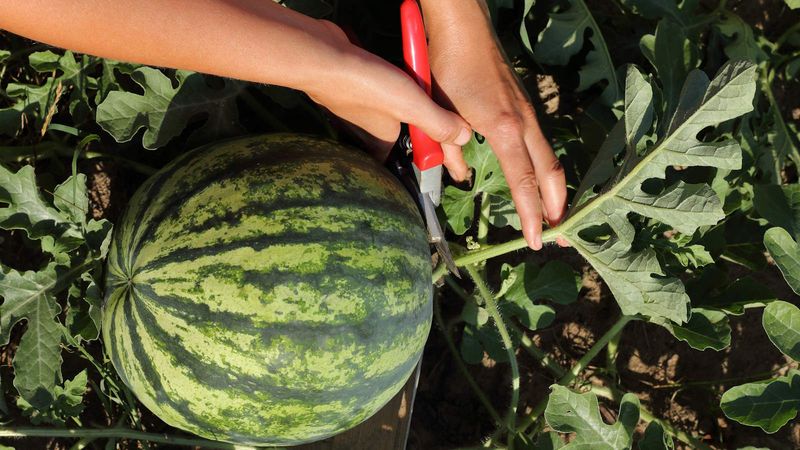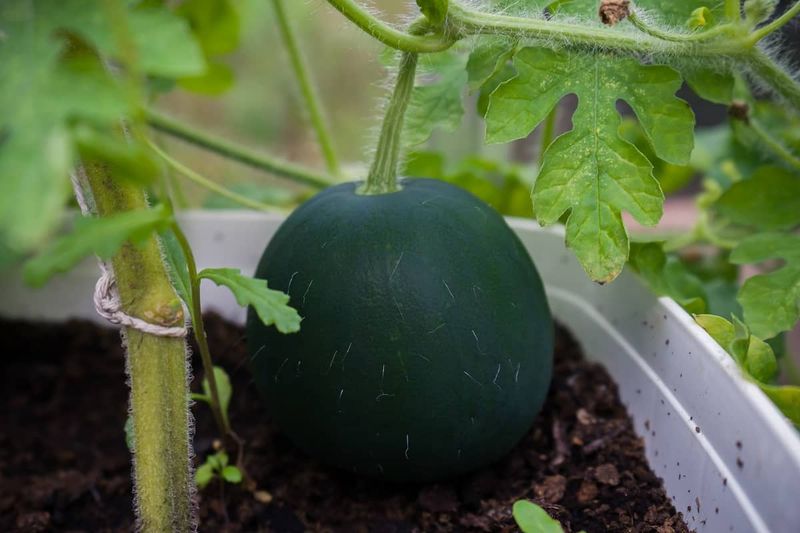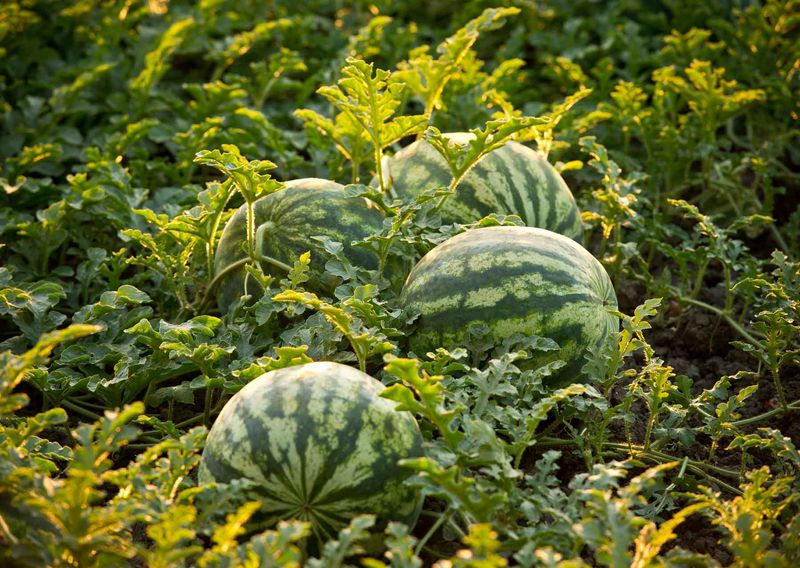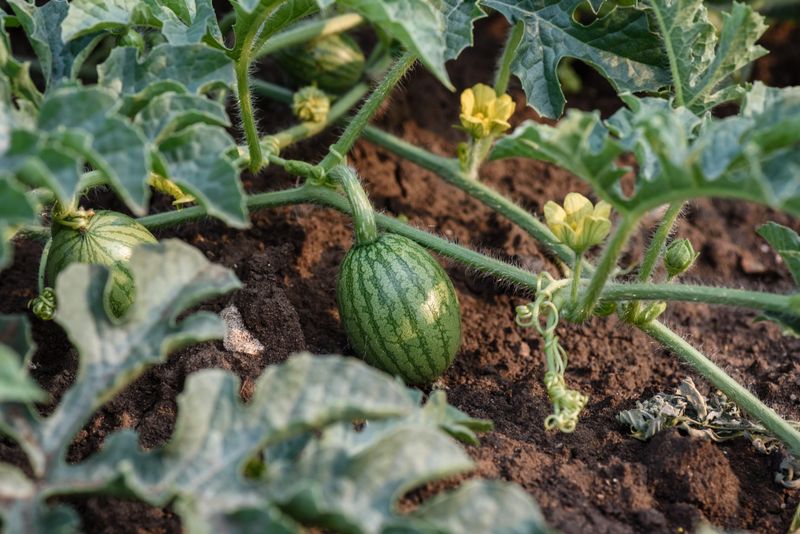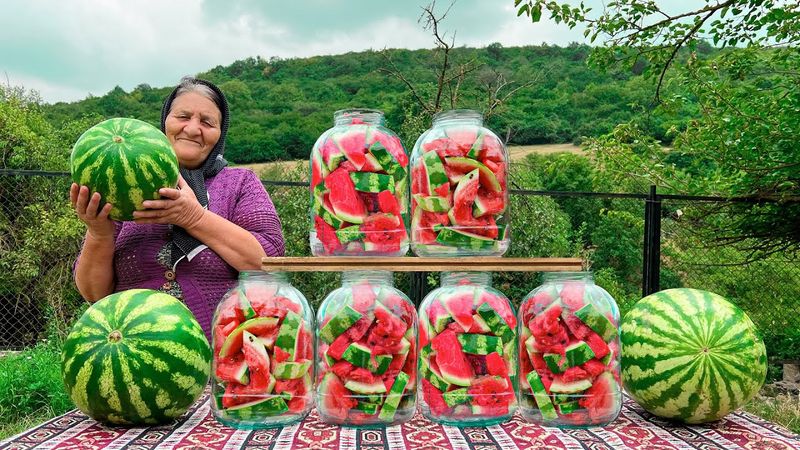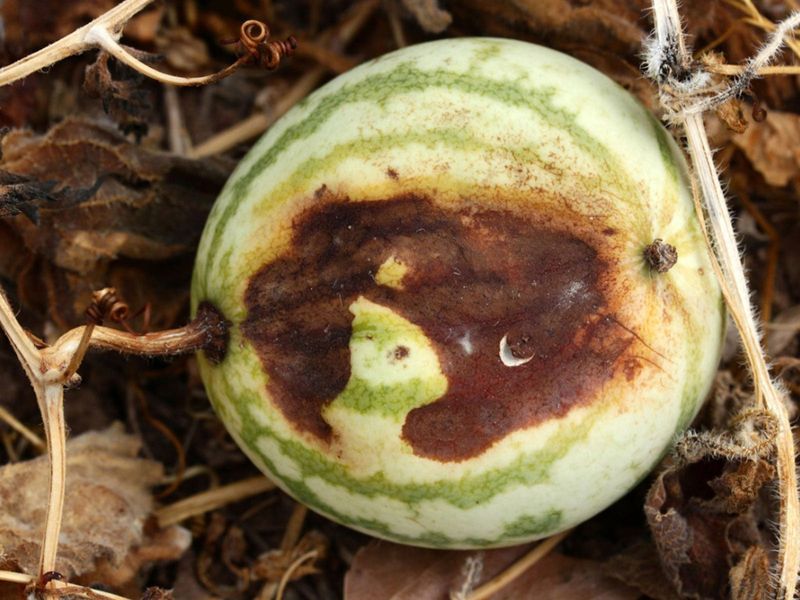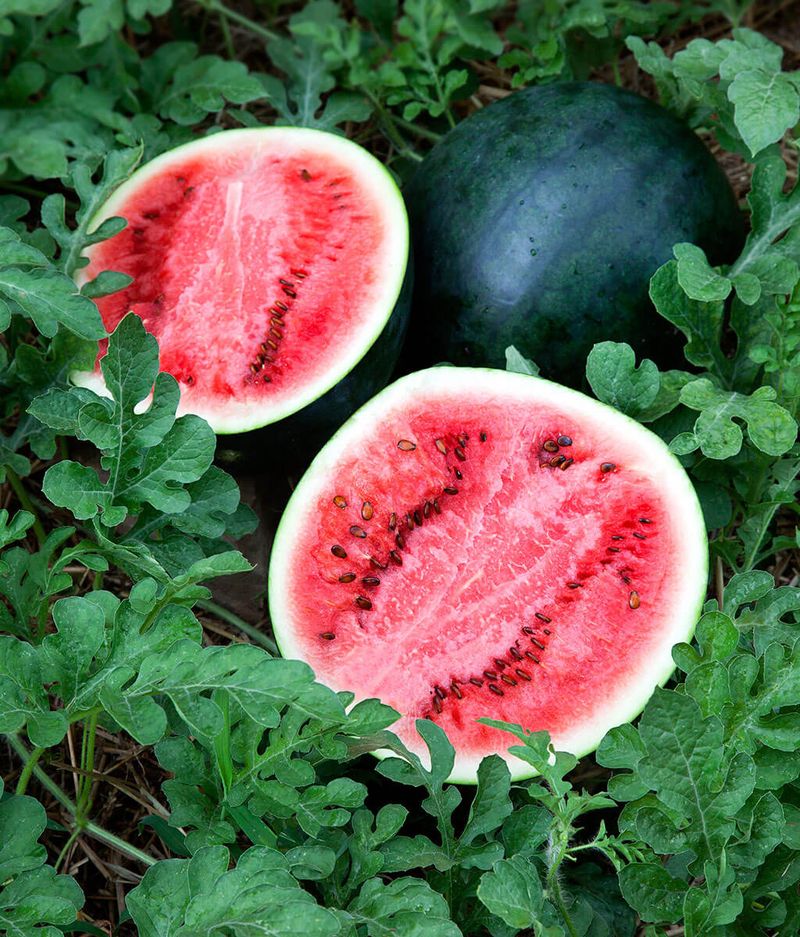Watermelons are a refreshing summer fruit that many gardeners love to grow. However, cultivating this juicy fruit comes with its own set of challenges and questions.
In this blog post, we tackle the top 15 questions about growing watermelons, with answers provided by an expert in the field.
Whether you’re a seasoned gardener or a curious beginner, these insights will help you achieve a bountiful harvest.
1. What is the best soil for growing watermelons?
Choosing the right soil is crucial for successful watermelon cultivation. Ideally, watermelons thrive in sandy loam soil, which offers excellent drainage and fertility. The soil should be rich in organic matter and have a pH level between 6.0 and 6.8.
Before planting, it’s advisable to amend the soil with compost or well-rotted manure to enhance its nutrient content. Regular soil testing can help maintain the ideal conditions.
Avoid heavy clay soils, as they can lead to waterlogged roots and poor growth. With the right soil, your watermelons will have a strong foundation to grow.
2. How much sunlight do watermelons need?
Watermelons require abundant sunlight to thrive, as sunlight is essential for photosynthesis and fruit development. Aim to provide your watermelon plants with 8 to 10 hours of direct sunlight each day.
Position the plants in a location that receives maximum exposure throughout the day.
In regions with extreme heat, consider providing partial shade during the hottest part of the day to prevent leaf scorch. Adequate sunlight ensures robust growth and sweet, juicy fruits. Balancing sunlight with hydration is key to a successful watermelon harvest.
3. When is the best time to plant watermelons?
Timing is everything when it comes to planting watermelons. The best time to plant is in late spring when the soil temperature consistently exceeds 70°F (21°C).
This warmth encourages germination and strong seedling growth. Avoid planting too early, as cool soil can stunt development.
In colder climates, start seeds indoors and transplant them once the danger of frost has passed. Keep an eye on local weather forecasts to determine the optimal planting window. A well-timed start sets the stage for a fruitful season.
4. How often should you water watermelon plants?
Consistent watering is vital for healthy watermelon plants. During the initial growth phase, water the plants deeply once a week, ensuring the soil remains consistently moist.
As the fruit begins to develop, increase the frequency to twice a week. Avoid watering the foliage to prevent fungal diseases.
Drip irrigation is an effective method to provide uniform moisture without waterlogging.
Monitor the weather and adjust watering accordingly. Proper hydration results in juicy, flavorful watermelons. Adjusting the water schedule as plants mature is essential for optimal growth.
5. What are common pests and how to control them?
Watermelon plants can fall prey to various pests, including aphids, cucumber beetles, and squash bugs. These pests can damage leaves and stunt growth.
Introduce beneficial insects like ladybugs or use neem oil as a natural pesticide to control infestations.
Regularly inspect plants for signs of damage and take action promptly. Floating row covers can also protect young plants.
Combining mechanical and biological methods ensures a healthy, thriving garden. Staying vigilant against pests is crucial for safeguarding your watermelon crop.
6. How to fertilize watermelon plants effectively?
Fertilizing watermelons is essential for promoting vigorous growth and fruit production. Begin with a balanced fertilizer when planting, such as a 10-10-10 NPK formula.
Once the vines begin spreading, switch to a phosphorus-heavy fertilizer to encourage flowering and fruiting.
Organic options like compost and fish emulsion are beneficial and environmentally friendly. Apply fertilizers according to the package instructions to avoid over-fertilizing, which can harm plants.
Regular feeding supports a productive harvest, ensuring sweet and succulent watermelons. Tailoring the fertilization process to plant needs enhances overall yield.
7. How do you know when a watermelon is ripe?
Determining watermelon ripeness is key to harvesting at the perfect time. Check the tendril closest to the fruit; it should be browning or dry.
The underside of the melon, where it rests on the ground, should turn a creamy yellow color.
Additionally, tap the watermelon; a ripe one will produce a hollow sound. These indicators suggest the fruit is sweet and ready to pick.
Harvesting at the right time ensures maximum flavor. Practicing these techniques will help you enjoy perfectly ripe watermelons every season.
8. What are the best companion plants for watermelons?
Companion planting can enhance watermelon growth by attracting beneficial insects and deterring pests. Planting marigolds near watermelons can repel nematodes and aphids.
Radishes and corn can also be excellent companions, as they don’t compete for nutrients and help manage weeds.
Avoid planting watermelons near crops like potatoes and cucumbers, which can attract similar pests or diseases.
Companion planting is an effective strategy for a healthy garden ecosystem, promoting natural growth. Choosing the right companions can significantly improve watermelon health and yield.
9. How to prune watermelon vines for better growth?
Pruning watermelon vines can lead to improved airflow and resource allocation, promoting healthier growth. Focus on trimming excess leaves and stems to direct energy toward fruit production.
Prune the lateral vines to encourage the main vine’s strength, and remove any diseased or dead leaves promptly.
Training vines on a trellis can save space and further enhance air circulation. Pruning requires careful attention but rewards with a more bountiful harvest.
Regular maintenance helps maximize the potential of each plant. Watching your watermelons flourish is a gardener’s delight.
10. Can watermelons grow in containers?
Growing watermelons in containers is possible, especially for those short on garden space. Choose a large container, at least 18 inches deep, to accommodate the roots.
Select compact or bush varieties to ensure they thrive in limited space. Ensure the container has good drainage and fill it with high-quality potting mix.
Water regularly and provide support for the vines to prevent sprawling. Container-grown watermelons require diligent care but can produce delicious fruits.
Exploring this method offers flexibility and accessibility for urban gardeners. Enjoy homegrown melons even without a traditional garden.
11. What is the optimal spacing for watermelon plants?
Proper spacing is vital for watermelon plants to develop fully. Allow at least 3 to 5 feet between each plant to ensure sufficient airflow and light penetration.
This spacing reduces the risk of disease and provides room for the vines to spread naturally.
For smaller varieties, slightly closer spacing is acceptable, but maintaining a distance prevents overcrowding. Consider the size of the watermelon variety when planning your garden layout.
Adequate spacing leads to healthier plants and more abundant fruits. Planning ahead ensures a thriving watermelon patch.
12. How do environmental factors affect watermelon growth?
Environmental factors play a significant role in watermelon growth. Temperature, humidity, and rainfall patterns can all impact the development and fruit quality.
Watermelons thrive in warm climates but may struggle under excessive heat or cold spells.
Humidity and rain levels affect soil moisture and can lead to diseases if not managed properly. Employing mulching and drip irrigation can mitigate some environmental challenges.
Adapting to these conditions helps ensure a successful harvest. Understanding and responding to environmental changes is crucial for optimal growth.
13. How to store watermelons after harvest?
Proper storage of harvested watermelons preserves their freshness and flavor. Uncut watermelons can be kept at room temperature for about a week.
Once sliced, store the pieces in the refrigerator, wrapped in plastic to maintain moisture.
Avoid cutting the fruit until ready to consume, as this reduces shelf life. For long-term storage, consider freezing watermelon chunks for use in smoothies or desserts.
Proper handling after harvest ensures you enjoy the sweet taste of summer long after picking. Storing techniques can enhance the watermelon experience significantly.
14. How can you prevent watermelon diseases?
Preventing diseases in watermelon plants requires proactive measures. Start by selecting disease-resistant varieties and ensuring proper soil drainage.
Rotate crops yearly and avoid planting watermelons in the same spot consecutively.
Mulching helps maintain soil moisture and reduces disease spread. Regularly inspect plants for signs of disease and remove affected parts promptly. Employing these strategies can minimize disease incidence and promote healthy growth.
A proactive approach to disease management fosters a successful watermelon harvest. Vigilance in plant care makes a noticeable difference.
15. What varieties of watermelons are best for small gardens?
Selecting the right watermelon variety is key for small gardens. Compact varieties like ‘Sugar Baby’ and ‘Golden Midget’ are perfect for limited spaces.
These smaller melons mature quickly and require less room to spread. Despite their size, they are known for their sweetness and flavorful flesh.
Bush varieties also adapt well to containers and raised beds. Choose seeds from reliable sources to ensure quality. Experimenting with different varieties can lead to delightful discoveries in taste and growth habits. Small gardens can still yield big rewards with the right choice.
